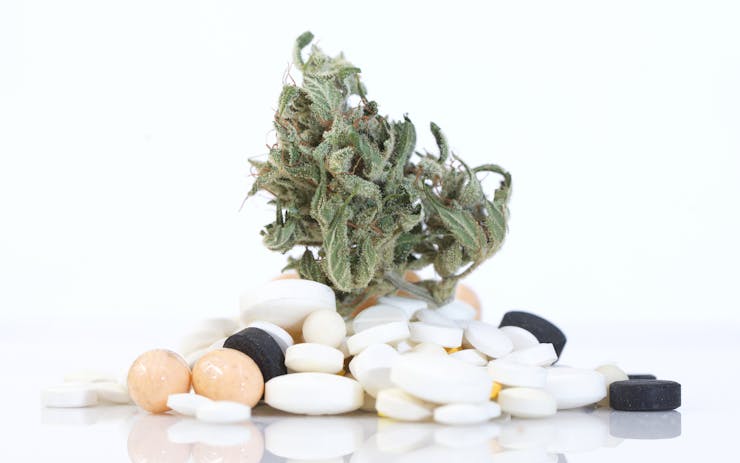As summer enters its final few weeks, the number of fentanyl overdoses in Toronto continue to climb. Fentanyl is a synthetic opioid painkiller that can be 50 to 100 times stronger than morphine. Abused recreationally on its own, fentanyl is also added to other hard drugs (mostly heroin and cocaine) to increase their effects.
However, even a small dose of fentanyl can be lethal. Over three days in late July, Toronto reported 20 suspected fentanyl overdoses and four deaths. The numbers continue to increase in the greater Toronto area and across North America. (A recent New York Times story noted the staggering 540% increase in U.S. fentanyl deaths over the past three years.)
All of the above explains why concern spiked after an August safety alert from London, ON suggested that fentanyl could be found in cannabis. Jointly issued by the Middlesex-London Health Unit, the Canadian Mental Health Association, Addiction Services of Thames Valley, and the London Police Service, the safety alert came with a special warning from Dr. Christopher Mackie, Middlesex-London’s medical officer of health, who recommended that all cannabis users carry naloxone kits to prevent accidental fentanyl overdoses.
Almost immediately, cannabis advocates began questioning the alert. One area of contention: the sole impetus for the warning came from patients at a treatment center for opiate addiction “who…reported only smoking marijuana,” and were found to have traces of fentanyl in their urine.
Eric Shepperd, a London cannabis activist, raised flags about the nature of such self-reported claims, noting that patients could be lying about their drug usage out of fear of repercussions. But the operators of the treatment center stand by their procedures.
There have been no reported cases of fentanyl being found in cannabis.
“We use a best-practice standard called ‘motivational interviewing,’ which promotes a transparent relationship between practitioner and client and does not perpetuate the myth that clients lie for no reason,” explains Linda Sibley, executive director of Addiction Services of Thames Valley to Leafly. “There is no expectation of abstinence and no costs to answering honestly about other drug use….There is little reason to doubt the client’s self-report.” Sibley stated that the results from the screenings could just be an anomaly. “We were very surprised as well and are not suggesting that it is in marijuana regularly but there was a positive test in this clinic,” she said. “We live in a complicated world so I believe it is prudent to warn in case.”
The key takeaway of Toronto’s would-be public-health scare, confirmed by Toronto Public Health spokesperson Susan Shepherd: There have been no reported cases of fentanyl being found in cannabis.
Despite this fact, some fear the publicity brought by such a public-health scare could influence or erode support for legalization. Activists like Eric Shepperd worry this type of fear tactic can lead to greater restrictions. “Unfortunately, scares like these will nonetheless muddy the water, possibly leading to over-legislation,” said Shepperd.
Others see something of a silver lining in Toronto’s dubious safety alert. “I think quality control issues—including the use of banned pesticides and presence of mold in unregulated black-market cannabis—provide more support for the emergence of a legal recreational market in Canada,” said the University of Toronto’s Akwasi Owusu-Bempah to Leafly.
Owusu-Bempah’s optimistic reading echoes a previous statement made by Toronto Public Health’s Susan Shepherd: “One of the key benefits of cannabis being legalized and regulated in Canada is to ensure we have a quality controlled product that doesn’t contain any toxic contaminants/adulterants or unwanted drugs.”
With legalization on the horizon, now’s a good time to reflect on the baseless fears that led to the criminalization of cannabis in the first place. May Toronto’s imaginary public-health scare remind us that regulation and production standards are a better guarantee for public safety than fear and hearsay.





